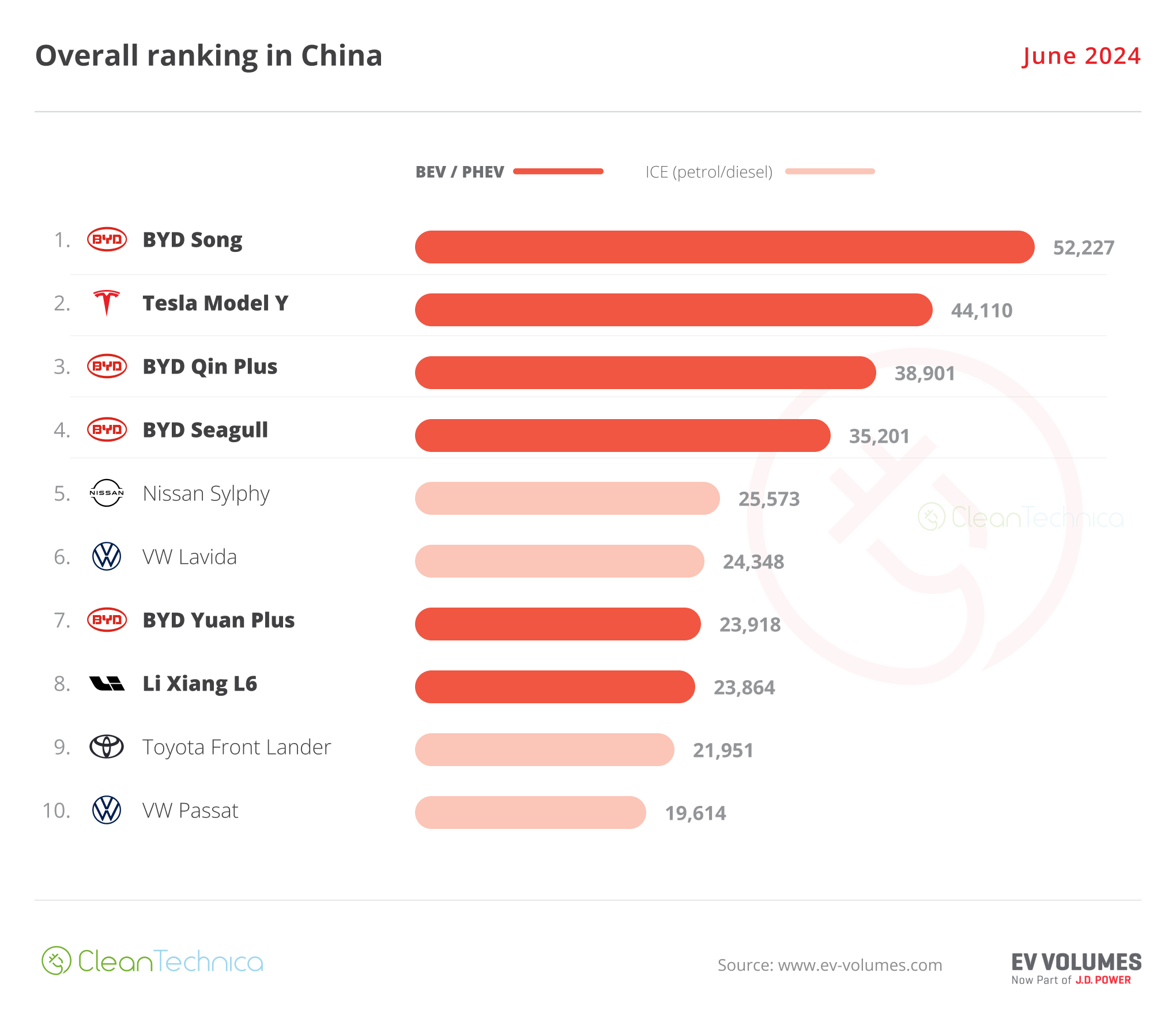
With climate change on everyone’s mind, emission reduction targets have become a major focus of every sector, but especially within the mining industry. The world’s biggest mining companies have set their sights on ambitious net-zero targets by 2050. However, as the deadline draws ever closer, concerns have arisen regarding the progress of these plans, with some companies even admitting they will likely miss short-term targets.
When added to reports of challenges around transparent and accurate reporting, especially with scope 3 emissions, the industry finds itself at a critical juncture, grappling with the need to balance environmental responsibility with profit and efficient operation.
Here we delve into the landscape of emission reduction efforts within the mining sector, assessing the status of companies’ targets, identifying the challenges facing the industry, and exploring the measures being undertaken to decarbonise operations. It’s time we answered the question: what steps must we take to hit net-zero targets by 2050?
While many companies have made commendable strides towards their emission reduction targets, recent reports suggest that some companies may fall short of their interim targets set for 2025.
Mining companies’ progress toward net-zero targets
Numerous industry giants have pledged to achieve net-zero emissions by 2050, signalling a collective commitment to mitigating climate impact. However, while many companies have made commendable strides towards their emission reduction targets, recent reports suggest that some companies may fall short of their interim targets set for 2025. This discrepancy underscores the complexities inherent in transitioning towards sustainable practices within a traditionally carbon-intensive industry.
In Rio Tinto’s most recent climate change report for 2023, the company noted that it may not reach its planned 2025 target of a 15% decrease in scope 1 and scope 2 emissions from 2018 levels. In the report, Rio Tinto CEO Jakob Stausholm noted that: “It takes time to deliver such complex and large-scale structural changes to our energy system, so the actual emissions reductions will lag this [target].”
Access the most comprehensive Company Profiles on the market, powered by GlobalData. Save hours of research. Gain competitive edge.

Your download email will arrive shortly
We are confident about the unique quality of our Company Profiles. However, we want you to make the most beneficial decision for your business, so we offer a free sample that you can download by submitting the below form
By GlobalData
However, it is important to take this with the relevant context in mind; the target itself is ambitious, aligning with the UN’s stretch goal of limiting warming to 1.5°C, and compared with other mining companies, Rio Tinto has a much higher percentage of its emissions coming from processing. Around 80% of Rio Tinto’s emissions come from processing, according to its 2023 climate change report, and processing is much harder to abate than other mining areas such as transport or sorting.
BHP has also set ambitious targets for its emissions reductions across all scopes, with a target of a 30% decrease in scope 1 and 2 emissions from 2020 levels by 2030, and a goal of net-zero operational emissions by 2050. However, there is one concerning factor hidden in the small print of BHP’s decarbonisation strategy: the company counts carbon credits in calculating its overall emissions.
Carbon credits, also known as carbon offsets, are a way of mitigating or offsetting the impact of one’s emissions by investing in climate protection projects such as planting trees. They have become wildly popular among major companies, particularly in hard-to-abate sectors such as mining – BHP is far from the only mining company to use them – but many environmental activists have criticised the use of carbon credits as a greenwashing tactic.
Many consider carbon credits as being a ‘free pass’ that allows polluting industries to appear to tackle their emissions while functionally doing nothing, and while this debate could fill an entire article by itself, it does lead well into another question: are companies being upfront enough about how they report their emissions?
The challenges of transparency in reporting emissions
Transparency in reporting remains a huge concern surrounding the mining sector’s emission reduction efforts. While many, if not all, of the major players have set ambitious targets for lowering their emissions, the lack of standardised reporting frameworks and inconsistencies in data disclosure pose a significant problem as the industry tries to assess its progress accurately. Put simply, the issue is this: how can the industry do better if we don’t know where we are starting from?
It is clear that the reduction of scope 3 emissions is key to mitigating climate change, but it is easy for companies to view this challenge as “someone else’s problem”.
The International Council of Metals and Minerals (ICMM) is working to improve reporting standards among its members, particularly in regards to scope 3 emissions, which are regarded as some of the hardest to track. In December 2023, the ICMM released a document entitled Scope 3 Emissions Target Setting Guidance to assist decision makers at its member companies – who collectively represent a third of the global metals and mining industry – in setting clear, standardised targets for the reduction of scope 3 emissions.
The guidance laid out in this document is long and complex, and the application of it will vary between individual mining companies and operations. However, alongside a more detailed document published in September 2023, it is useful in providing a framework.
It is clear that the reduction of scope 3 emissions is key to mitigating climate change, but it is easy for companies to view this challenge as “someone else’s problem”.
As Rohitesh Dhawan, president and CEO of ICMM, said in an article published by the World Economic Forum: “A company or indeed an entire sector could wring its hands at the emissions outside of its control and make it someone else’s problem – which, technically, it is. But collectively, we would lose the climate change war because total emissions would continue to rise unsustainably.”
He added that collaboration between different parts of the value chain is key to reducing scope 3 emissions, calling this a “far better approach” to decarbonisation than solo efforts, noting that a collaborative approach “makes climate sense, and it increasingly makes business sense, too”.
However, it is worth taking this progress with a pinch of salt, and consider the context of this development. While ICMM members are required to have set short and medium-term goals for the reduction of scope 1 and 2 emissions, there is no such requirement for scope 3 emissions, meaning that for the time being, major mining companies have more opportunity to look the other way when it comes to these kinds of emissions.
Increased pressure from the ICMM, as well as increased pressure from government representatives, is a key factor in reducing scope 3 emissions and their immense harm to the climate.
Can we make it?
The journey towards emission reduction and net-zero targets in the mining sector is one of slow, steady progress and significant challenges. While many companies have taken huge strides towards their sustainability goals, concerns surrounding reporting transparency and the slow pace of change persist.
By embracing innovation, collaboration and regulatory support, the industry is poised to overcome these hurdles and pave the way towards a more sustainable future. As we navigate the path towards 2050 net-zero targets, the importance of collective action and genuine commitment to emissions reductions has never been more visible.
Only through concerted efforts and shared determination can the mining sector realise its potential as a driving force for positive change in the fight against climate change.
Sign up for our daily news round-up!
Give your business an edge with our leading industry insights.



